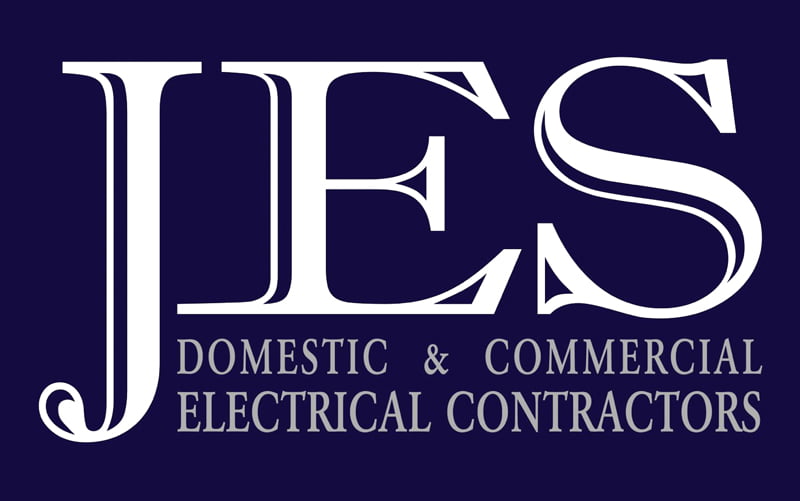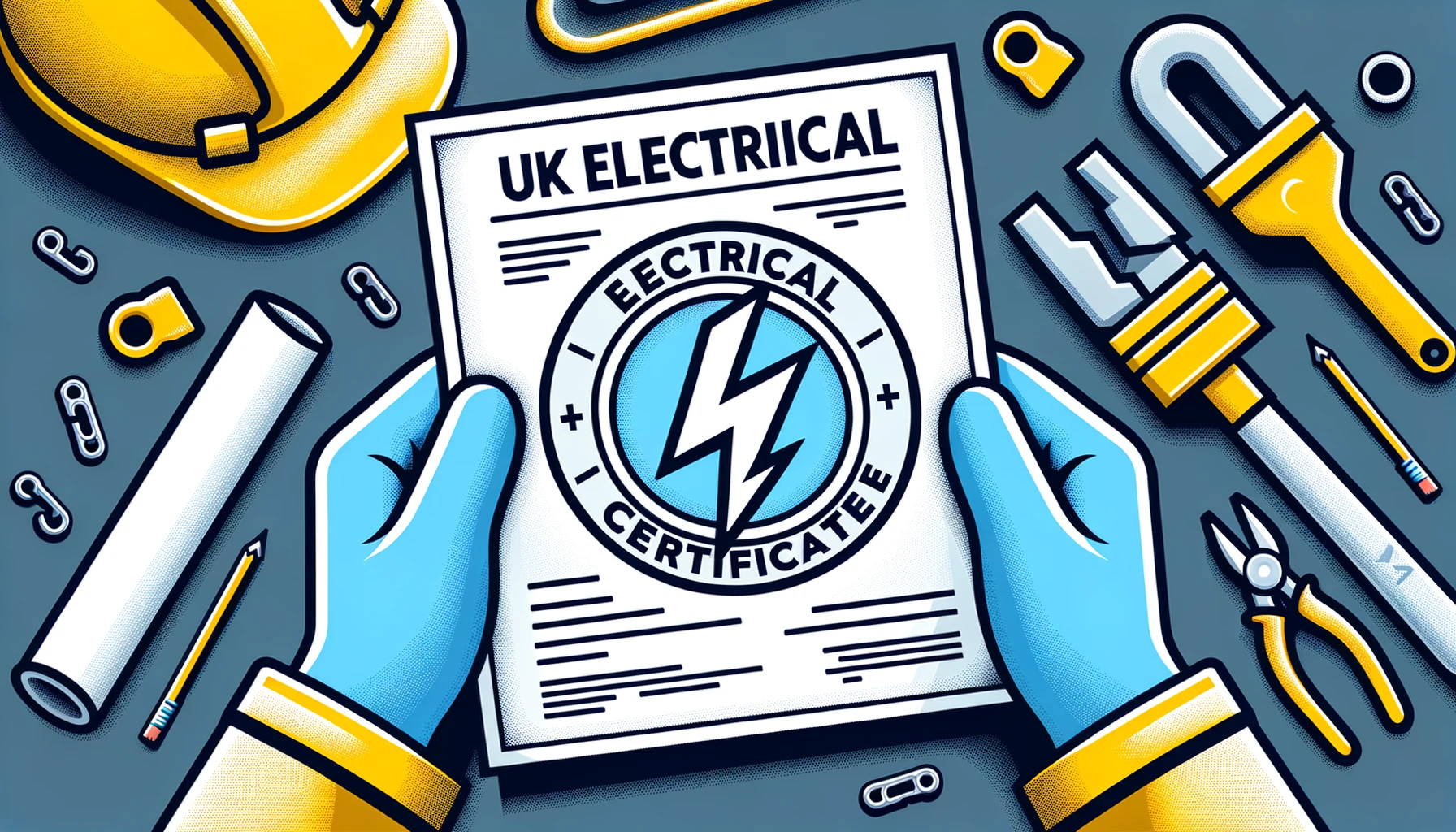Upgrading Fuseboxes: Domestic & Commercial Guide
Are you concerned that the fuse box in your domestic or commercial property might be outdated and not in line with the latest UK electrical regulations? Perhaps you’re contemplating upgrading to a more contemporary consumer unit but are unsure about the costs and processes involved. This guide will provide you with all the essential information you need for both residential and business settings.
What’s the Difference Between a Fuse Box and an Electrical Consumer Unit?
Both a fuse box and a consumer unit have the same primary function: they distribute electricity throughout your property via various circuits. They also act as safety mechanisms, shutting off power instantly if there’s a power overload, commonly referred to as “tripping”.
-
Fuse Box
This older system uses fuses, each containing a wire that melts during an electrical overload, causing the circuit to trip and power to shut off. Identifying a faulty circuit in a fuse box can be challenging, and the melted fuse must be replaced before restoring power.
-
Consumer Unit
This is the modern counterpart to the fuse box. When “tripping” happens, a consumer unit uses a circuit breaker linked to the overloaded circuit, making it easier to identify and fix the issue.
Given the advancements in safety and convenience, if your property still has an old fuse box, especially an old fuse box UK style, it might be time to consider a fuse box replacement or upgrading to a new consumer unit.
Identifying Your Current System
It’s relatively straightforward to determine if you have an old-style fuse box or a newer consumer unit. The former contains a series of fuses inside carriers that can be manually replaced when one blows due to a power overload. In contrast, a consumer unit features a horizontal row of Mini Circuit Breakers (MCBs), each with a switch that can trip during a power surge.
Choosing the Right Consumer Unit for Your Property
- Main Switch Consumer Unit: Suitable for single-story homes, small flats, and smaller commercial spaces, this unit has one main switch controlling all circuits.
- Dual RCD Consumer Unit: Ideal for multi-storey homes and larger commercial properties, this unit allows for power distribution over two sets of circuits, ensuring some power remains even if one set fails.
- High Integrity Consumer Unit: This unit separates all circuits independently, ensuring that if one appliance fails, others continue to operate.
Cost Implications
The cost of replacing an old fuse box or upgrading to a modern consumer unit varies based on the type of unit required, the number of circuits, and the age of the existing installation. On average, a replacement, including labour and parts, ranges between £375 and £550. This estimate includes the consumer unit itself and the necessary certifications but excludes any preliminary checks on earth & bonding.
FAQs
- Can I replace my fuse box myself? It’s recommended to hire professionals for such tasks due to safety and regulatory concerns.
- How long does replacing a fuse box take? The duration varies based on the complexity of the installation and any unforeseen challenges.
- Are old fuse boxes illegal? While not illegal, old fuse boxes might not comply with current electrical regulations, making them less safe.
Conclusion
If you’re considering a fuse box change or upgrading your old consumer unit with old wiring, it’s crucial to consult with professionals. Jackson Electrical Services offers trusted and reliable services for all your electrical needs, ensuring your property’s safety and compliance with the latest fuse box regulations 2022 UK.

